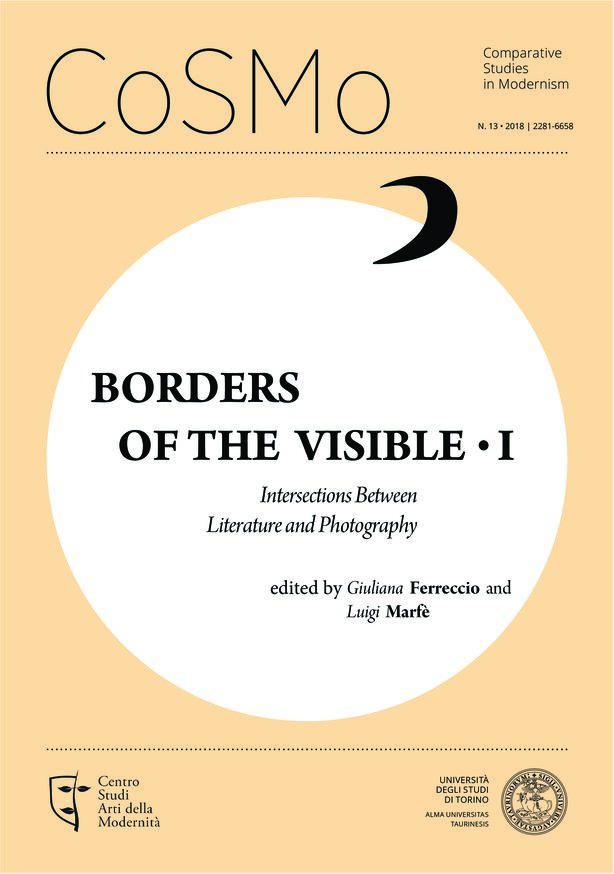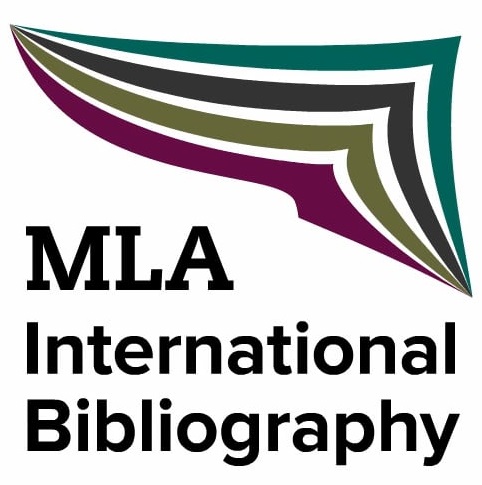Activating Visual Imagination: Ida Fink’s Tangible Narrative
DOI:
https://doi.org/10.13135/2281-6658/3104Keywords:
Narrative Techniques, Photography, Imagination, Ida Fink, Holocaust, Memory, Public and Private SpacesAbstract
Ida Fink’s short story “Traces” is a prime example of the conjuring power of a narrative that makes use of a photograph. Fink relies on the primacy given to the visual sense; in addition, she relies on a pervasive basic assumption regarding photography, namely that photos are faithful to the reality they capture, and correspondingly are endowed with a truth value. Yet the photo described by a witness to Nazi atrocities is perplexing: taken shortly after the murder of the village’s Jews, it is almost completely empty, since the only visible signs of life are the footmarks they left on the snow. Fink nonetheless manages to use this photo in her narrative and turn the existence of the traces’ owners into a tangible presence. Yet the testimony of the last survivor of the village is as fragile and problematic as the photograph is prone to manipulations. Both testimony and photograph perpetuate what cannot be seen, in a manoeuvre that reminds one of Jochen Gerz’s “vanishing memorial,” organically turning the invisible existence of the dead into cobble stones bearing the names of Jewish cemeteries upside down, so we may—or may not—be stepping on a replicated grave-stone. Both Gerz and Fink use barely visible traces as a constitutive middle ground for creator and reader / viewer, to demonstrate that the most powerful of visual capacities must be ceded to imagination.Downloads
Downloads
Published
Issue
Section
License
Authors keep the copyrights for their work and give the journal the work’s first publication copyright, which is at the same time licensed under a Creative Commons License – Attribution, which in turn allows other parties to share the work with an acknowledgement of the work's authorship and initial publication in this journal.
Content Licence

You are free to copy, distribute and transmit the work, and to adapt the work. You must attribute the work in the manner specified by the author or licensor (but not in any way that suggests that they endorse you or your use of the work).
Metadata licence

CoSMo published articles metadata are dedicated to the public domain by waiving all publisher's rights to the work worldwide under copyright law, including all related and neighboring rights, to the extent allowed by law.
You can copy, modify, distribute and perform the work, even for commercial purposes, all without asking permission.





